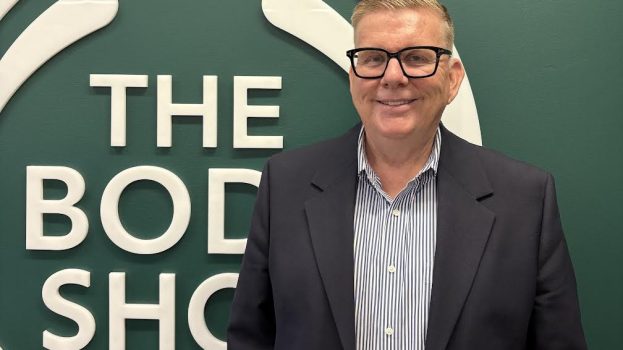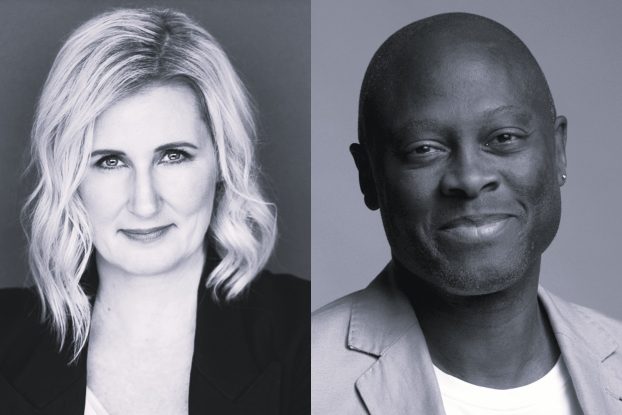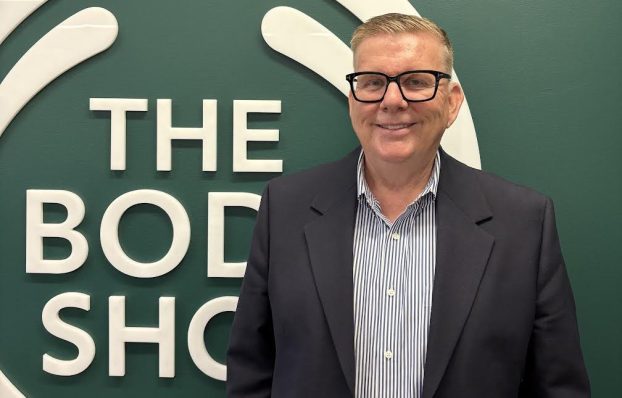This is the second article in a series exploring the marketing and brand impacts of climate change. You can read part one, on the implications for the travel and tourism sector, here. And don’t forget to follow the series by subscribing to the Strategy C-Suite.
A world on fire is one of accelerated and exponential change.
Take, for example, the lowly air conditioning unit, many an apartment dweller’s saving grace during prolonged and excessive heat waves like those being experienced in many parts of the world, including Canada.
The problem with air conditioners is that their electricity consumption is poised to become a massive source of carbon emissions. And the more the planet heats – a fate that appears cemented into our future, with the only question being how much – the more people will rely on them to stay cool and, in extreme cases, to stay alive, further accelerating the speed of warming.
There are currently 1 billion single-room air conditioning units in the world, one for roughly every seven humans on the planet. And we could see nearly 4.5 billion units by 2050, making them as common as cellphones are today, accounting for 13% of global electricity usage and 2 billion tons of CO2 every year. As a recent article in Rolling Stone put it: “By cooling ourselves off, we risk cooking ourselves to death.”
If there’s a lesson there for brand marketers, it’s that climate change will have varied and substantial impacts on consumer behaviour – sometimes in obvious ways, and sometimes in hidden, unpredictable, or even counter-productive ways. In an age of climate change certainty, brands will grapple with sudden changes in demand for their products and services – as many did during COVID-19 – as well as the inevitable brand reputation and sustainability challenges those changes pose.
It’s an issue that goes beyond A/C units. As a rule of thumb, excessive heat appears to be a major driver of increased consumption, notes Johanna Faigelman, founding partner and CEO of Human Branding Inc., whose consultancy casts an anthropological lens on business and marketing. “We can think of this as heat moving from a want-driver to a need-driver of consumption.”
In the short-term, heat waves lead to an increase in the purchase of outdoor goods, such as bathing suits, sunglasses and lawn equipment, as well as products that help keep people cool and hydrated, such as ice, bottled water, sports drinks and sunscreen, she says. It’s the reason heat waves were a cause for celebration for many businesses and brands as recently as five years ago – though growing consumer knowledge of what’s fuelling the heat is beginning to undermine the positive sentiment.
Less obvious categories can also experience a short-term boost, as consumers seek out air-conditioned spaces, spending more time than usual in bookstores, department stores and movie theatres, Faigelman adds. Wanting to avoid going outside or turning their ovens on, more people choose to order in. And as fear of long-term climate change builds, consumers may begin to stockpile certain goods, as they did at the outset of the pandemic.
But while higher temperatures can fuel short-term gains, Faigelman says sustained heat waves are likely to have the opposite effect. Utility costs increase for the average household, limiting consumers’ budget for non-essential items. People with air conditioning at home may opt to stay there, foregoing trips to the store and to restaurants altogether. And a general sense of uncertainty may take hold, stalling consumer spending on non-essentials purchases.
So for every business that will benefit from the new spending patterns, countless others will suffer, such as tourism operators welcoming fewer visitors annually and brands specializing in outdoor gear or winter sports equipment, notes David Soberman, Canadian National Chair in Strategic Marketing and professor at the University of Toronto’s Rotman School of Management. The expert believes many ski and snowboarding resorts are already struggling amid shorter seasons and consumer reluctance to book weather-dependant trips well in advance – though he adds that travel in general is likely to not see the full effects until the pent-up demand coming out of COVID-19 subsides.
Businesses across sectors will also need to deal with emerging supply chain issues, as well as higher prices or product shortages, resulting from droughts and other climate pressures. For example, experts have warned that this summer’s Prairie drought could lead to higher beef prices felt over the next two to three years. The same goes for pantry basics, such as flour and canola oil. Changes like these are fuelling the need for a vertical farming industry that could localize the supply chain and overcome the challenges of importing products from warmer, fire-prone regions like California.
And Faigelman notes the ripple effect this could have on restaurants, which could face the compounding effects of increased operating costs (thanks to A/C usage, the replacement of overheating or less energy efficient equipment and incentivized compensation for staff working in inclement conditions), a jump in temporary business closures on exceedingly hot days, and supply chain precarity.
But it’s not all bad news. Businesses currently have an opportunity to rethink their models to better drive truly sustainable growth, notes Soberman. HVAC providers or home appliance companies, for example, could leverage their existing resources to offer solar-panel installations, or solar-powered appliances, supporting the transition to a more sustainable economy and planet, he says. Such changes could also help brands – in particular those that stand to benefit from a warmer planet – overcome the increased scrutiny they will face from consumers moving forward.
“Clearly there are opportunities for businesses and brands that will benefit from the short-term demand for products and services in an occasional heat wave,” adds Faigelman. But the age of climate change calls for a more “measured, responsible and long-term approach to how to connect to people’s long-term fears around the consequences of prolonged heat waves.”
“Businesses and brands that recognize consumers’ desires to protect themselves and their families from potential calamities, as many did with the Covid-19 crisis, will benefit the most,” she says.
Photos of courtesy of Jon Tyson, Tobias and Julia-Kicova via Unsplash.


























